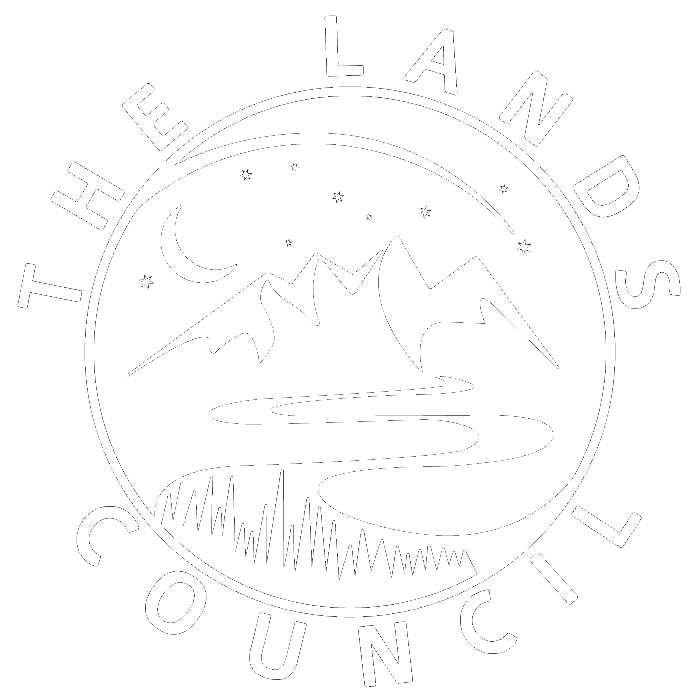Forest Service Will Forego Road Building in Northern Idaho Forest This Summer
SANDPOINT, Idaho— In response to a lawsuit filed by five conservation groups, federal agencies today agreed to forego planned summer construction on the Bog Creek Road project in northern Idaho.
Earlier this year the U.S. Forest Service and U.S. Customs and Border Protection received approval to reconstruct the road, located just south of the Canadian border, under the guise of border security. In addition to reconstructing this road, the project would also increase motorized traffic on other nearby roads in crucial habitat for imperiled grizzly bears, mountain caribou, wolverines and other wildlife in the Selkirk Mountains.
In their March lawsuit, conservation groups said the two federal agencies violated the National Environmental Policy Act and National Forest Management Act by failing to consider the road project’s impacts on grizzly bears and their habitat.
“We’re pleased this lawsuit has pushed the Trump administration to hit pause on reconstructing an abandoned road in this pristine area where a fragile grizzly bear population is struggling to recover,” said Andrea Zaccardi, a senior attorney at the Center for Biological Diversity. “This is a great first step, and we’ll continue to fight until this unnecessary and destructive plan is completely abandoned.”
Crossing the Selkirk Mountains near the U.S.-Canadian Border, the Bog Creek Road cuts through prime habitat for grizzly bears, Canada lynx, wolverines and other sensitive wildlife. The road has been overgrown with trees and vegetation for decades. The Forest Service closed Bog Creek Road in the late 1980s to protect Selkirk’s grizzly bears, which are listed as threatened under the Endangered Species Act.
“This is a step in the right direction,” said Brad Smith, the Idaho Conservation League’s North Idaho director. “In the meantime we will show the court that this project will unnecessarily undermine efforts to recover the Selkirk Mountains grizzly bear population.”
Customs and Border Protection officials contend that a restored road is necessary to monitor border security but have provided little evidence of current threats. Currently the agency is able to access the border through other avenues.
“We continue to believe that accessing the border in northern Idaho from the Kootenai side of the drainage will best serve the interests of the Border Patrol while also protecting the environment,” said James Lea of the Selkirk Conservation Alliance.
Under the decision the Forest Service would open 4.9 miles of road #1009 for unlimited motorized use from July 15 – Aug. 15, and would decommission approximately 26 miles of roads, which improves wildlife habitat and is necessary to meet grizzly bear recovery standards. Under the agreement reached today, road # 1009 will not be open for public use this summer and the Forest Service may move forward with decommissioning activities.
“Today we won a reprieve for wildlife and especially grizzly bears in the Selkirk Mountains, which is great news,” said Adam Rissien, a ReWilding advocate at WildEarth Guardians. “Shrinking the sprawling road network improves habitat and is the kind of true restoration work the Forest Service should be doing, not opening roads and expanding motorized use.”
The parties are hoping that the court will reach a decision in this case before determining whether a new agreement would be needed next summer. Briefing is likely to begin in the case this fall.
The Center for Biological Diversity is a national, nonprofit conservation organization with more than 1.7 million members and online activists dedicated to the protection of endangered species and wild places.
The Idaho Conservation League is Idaho’s leading voice for conservation.
The Lands Council has been protecting the forests, water and wildlife of the Inland Northwest for 35 years.
The Selkirk Conservation Alliance has been the faithful guardian of the Southern Selkirk ecosystem for more than 30 years.
WildEarth Guardians protects and restores the wildlife, wild places, wild rivers, and health of the American West.

